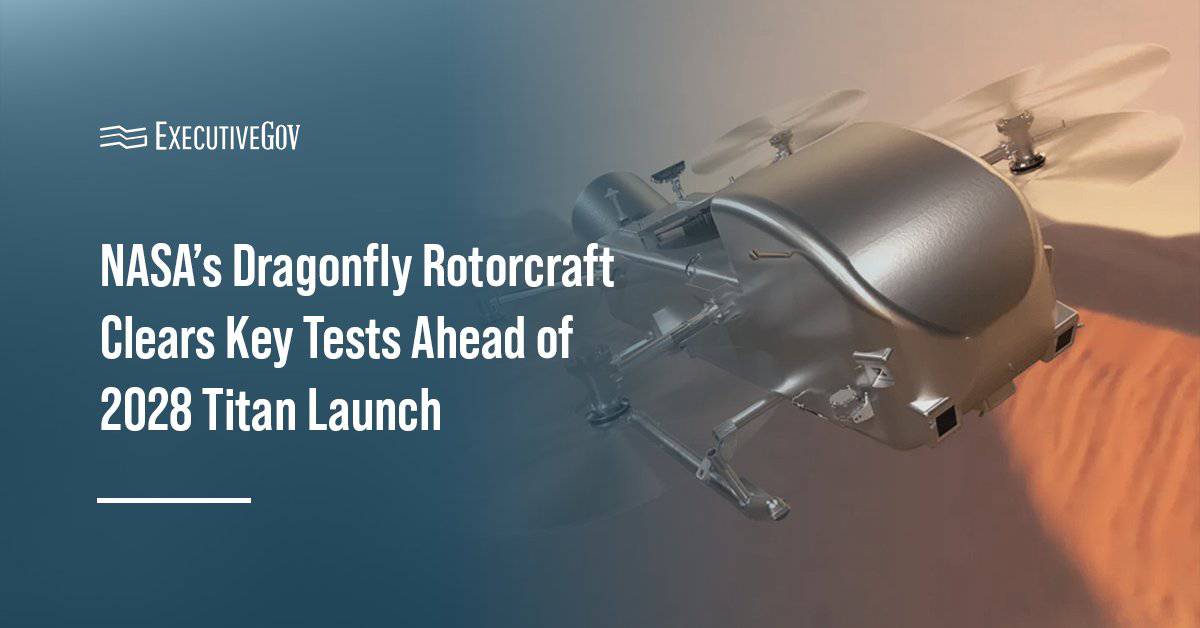NASA’s Dragonfly mission, a nuclear-powered rotorcraft, has completed multiple tests to stay on schedule for its planned July 2028 launch on a SpaceX Falcon.
Table of Contents
Mission to Titan
The agency said Monday the car-sized rotorcraft, designed and built at the Johns Hopkins Applied Physics Laboratory, will embark on a six-year mission to explore Saturn’s moon Titan. The mission involves identifying possible landing sites and studying Titan’s habitability.
Dragonfly Rotorcraft Undergoes Testing
APL worked with NASA engineers to conduct aerodynamic analyses of the Dragonfly’s rotor system to determine the effects of Titan’s thick atmosphere, stress loads and vibration on its performance. The rotorcraft’s Solimide-based foam coating was subjected to structural and thermal tests to ensure its durability and ability to protect the lander from Titan’s temperatures.
Lockheed Martin led tests for the Dragonfly’s flight aeroshell, which verified that the casing can withstand extreme thermal and structural loads to protect the rotorcraft during entry into Titan. The Ion Trap Mass Spectrometer, a key component of the Dragonfly Mass Spectrometer designed to study chemical components and processes on Titan, successfully completed its acceptance review. It is now undergoing preparations for environmental testing and integration. Dragonfly’s flight systems and Frontier flight radio also underwent rigorous testing, while the science payload is being prepared for further testing.
With the completion of the recent round of tests, the Dragonfly mission will move forward to the integration and test phase in January 2026.





